哈哈 准确来说是离校后的第一个。这是一个屏幕的转接板(连接主控和显示屏),本来应该是专门的硬件人员去搞的,but …不给力, 就临时顶上了,偶尔画画硬件感觉还挺好,小巧的成品拿在手上很有感觉。SMT 比着单纯打板是真贵啊,尤其是换料费

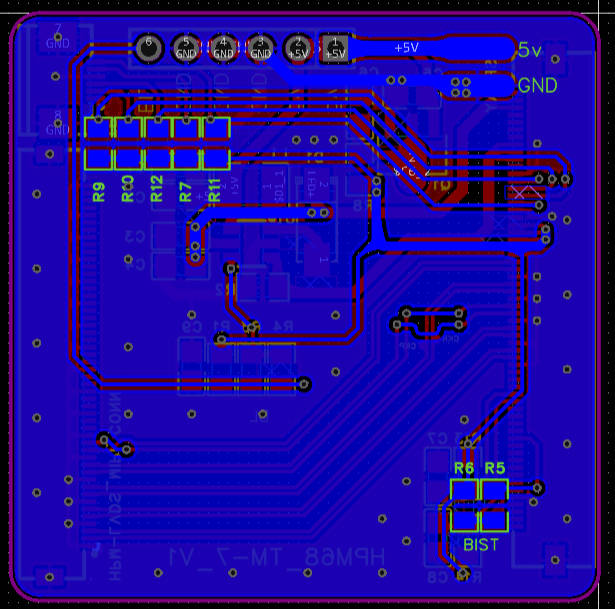
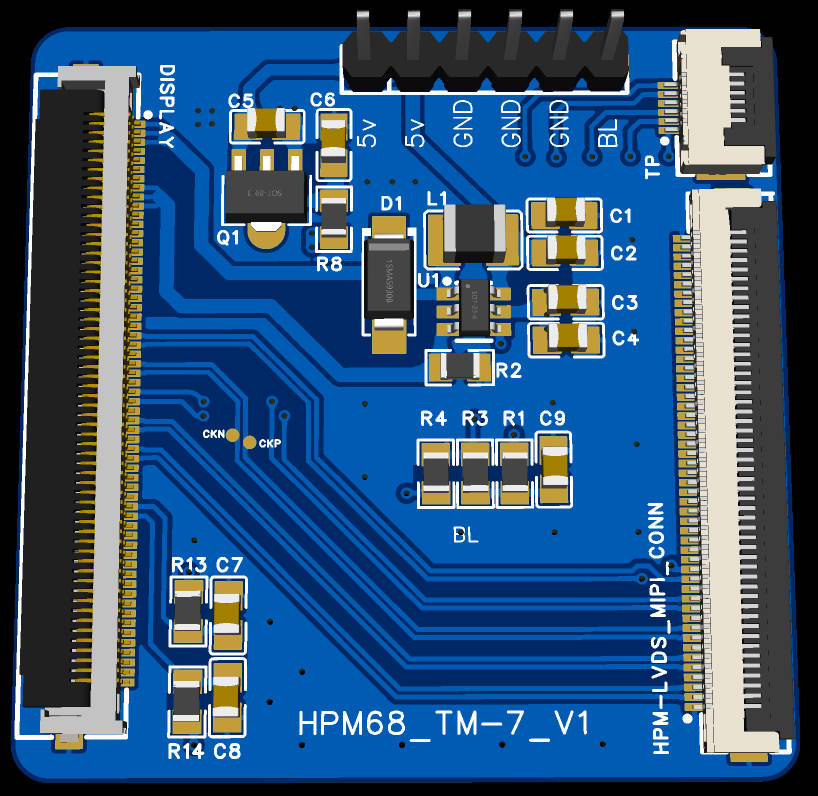
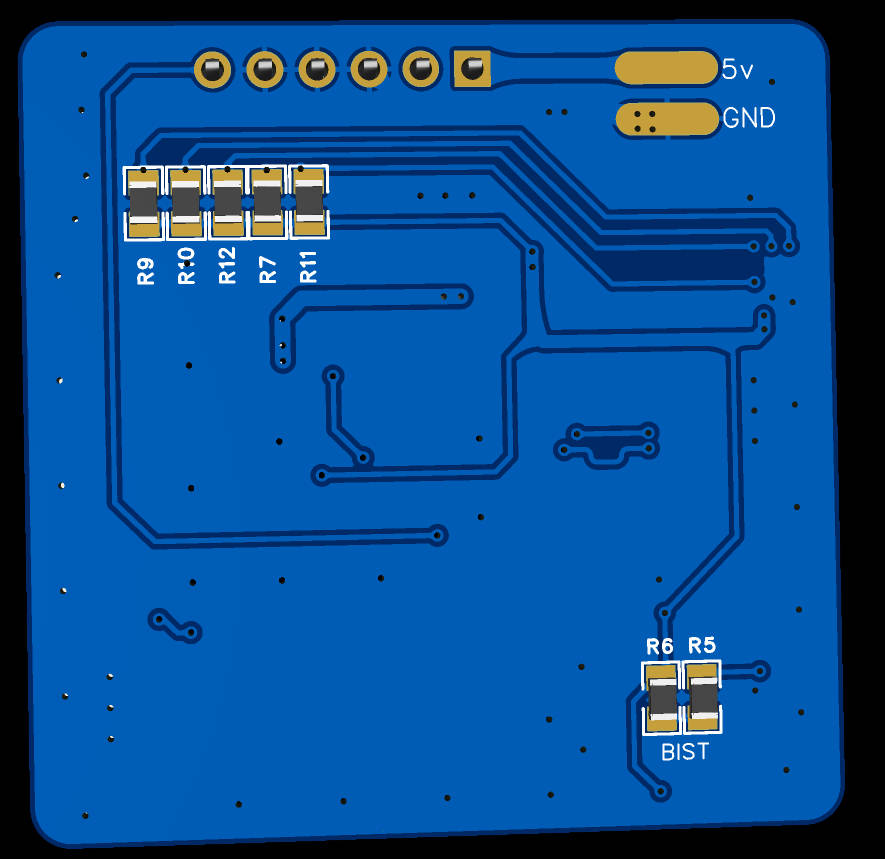
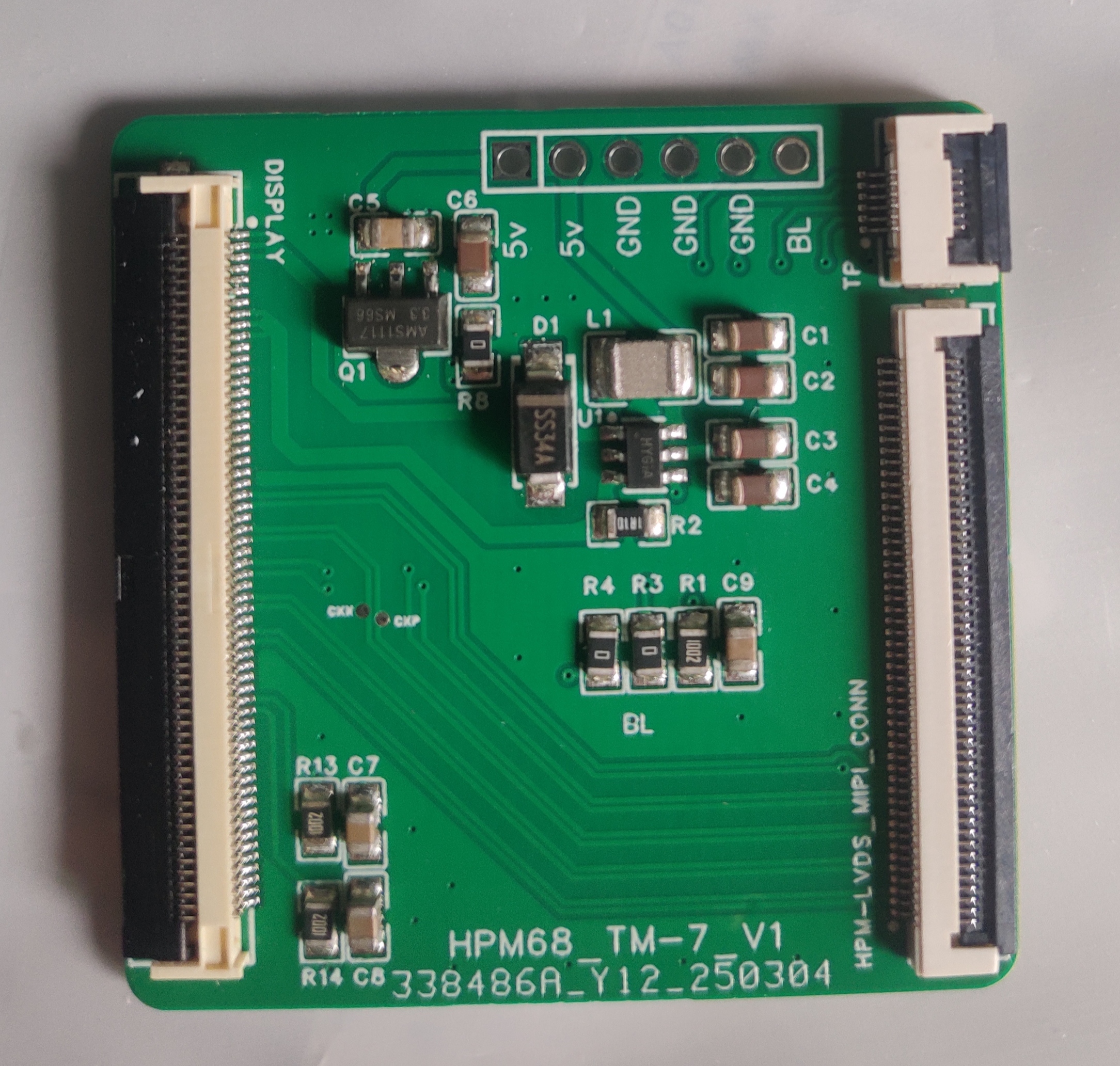
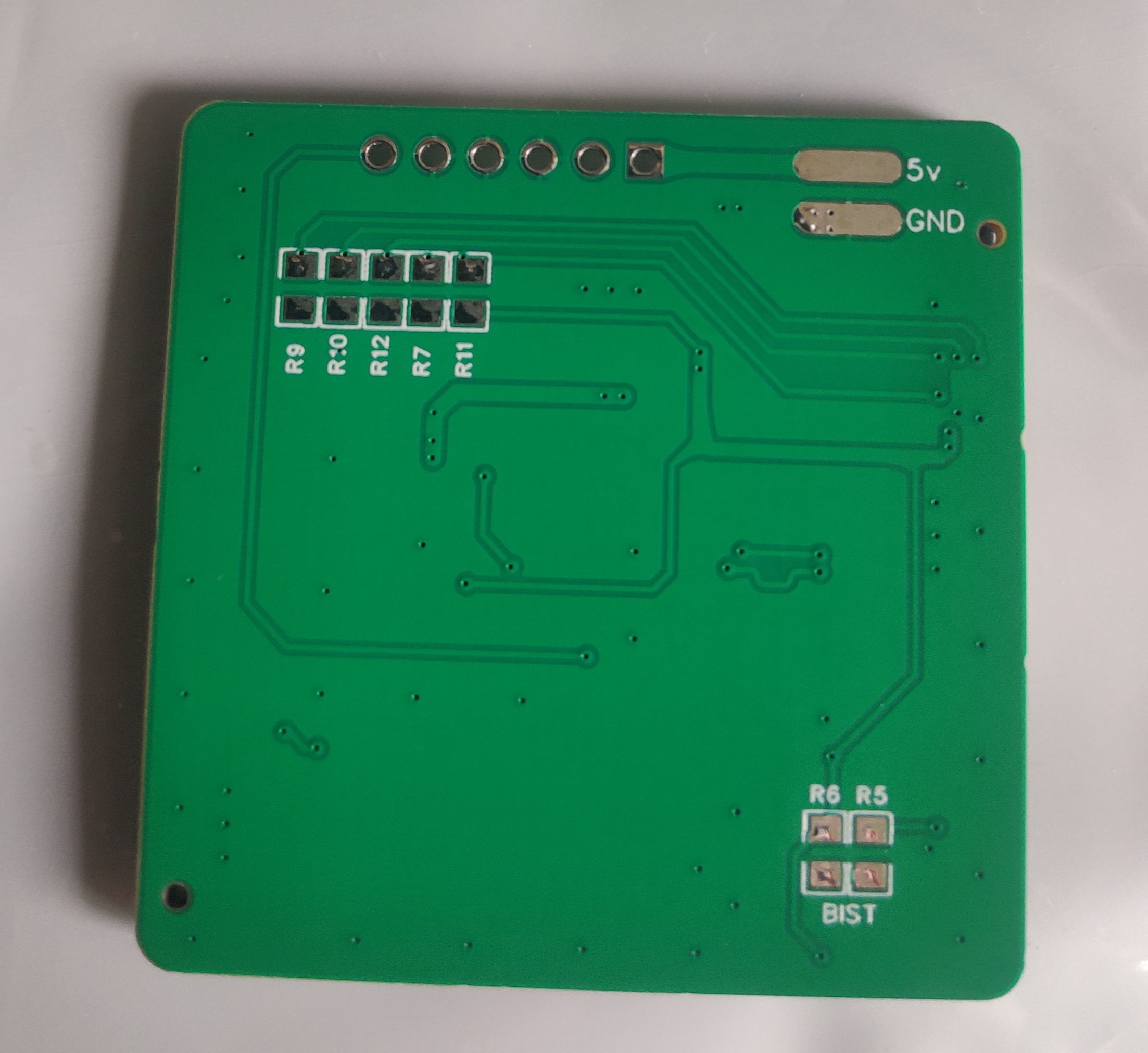
哈哈 准确来说是离校后的第一个。这是一个屏幕的转接板(连接主控和显示屏),本来应该是专门的硬件人员去搞的,but …不给力, 就临时顶上了,偶尔画画硬件感觉还挺好,小巧的成品拿在手上很有感觉。SMT 比着单纯打板是真贵啊,尤其是换料费






爱好++, 没入之前基本对白平衡,构图,透视,景深,光圈什么的没啥概念,所以准备入之前恶补了好多知识,实际接触体验后感觉摄影还是挺有意思的。初入一个领域,我比较喜欢先有个全体的大概了解,这里分享下感觉不错的入门知识书籍 宁思潇潇的《新摄影笔记》,里面有句话印象比较深刻:“摄影”一词由希腊语中的“光线”和“绘画”组合而成。简单地说,摄影就是用光线绘画。对发展历史并不长的摄影艺术来说,其实并没有太多的理论基础。摄影艺术很多时候都是在借鉴绘画艺术。
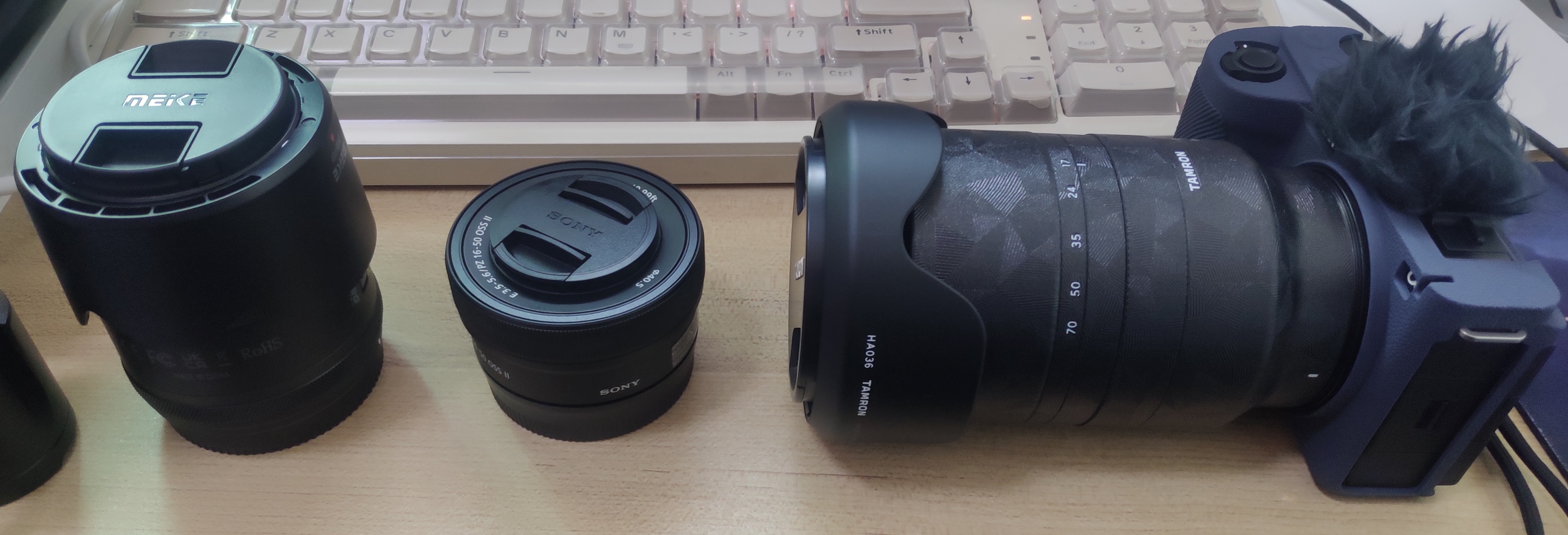
当面对有问题的不再察觉到有问题时,是件可怕的事情,对此有人说过“提出问题比解决问题更重要”。
所以啊,朋友们,保持挑剔的”代码品味”吧,保持挑剔的”生活品味”吧,…
规划个行程: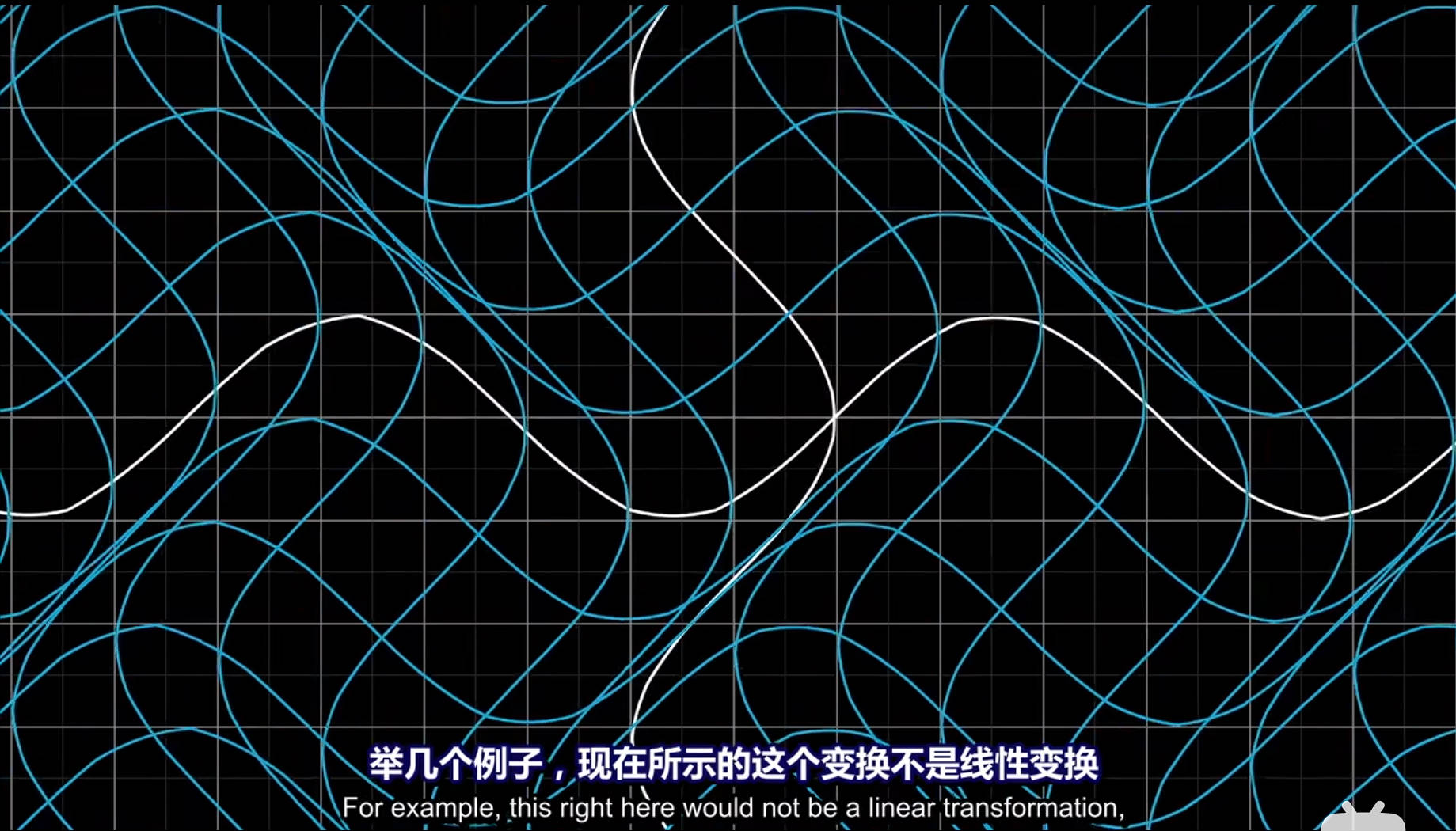
3B1B 的线代视频真的是”惊为天人”,”降维打击”, 仿佛打开了新世界的大门, 对比起来那些之前学的不联系几何不联系空间变换的线代简直就是味同嚼蜡,极其死板片面.
3B1B 的线代”先进”/“好”在哪里?
其它的数学或领域能不能也这样”先进”?
规划个行程: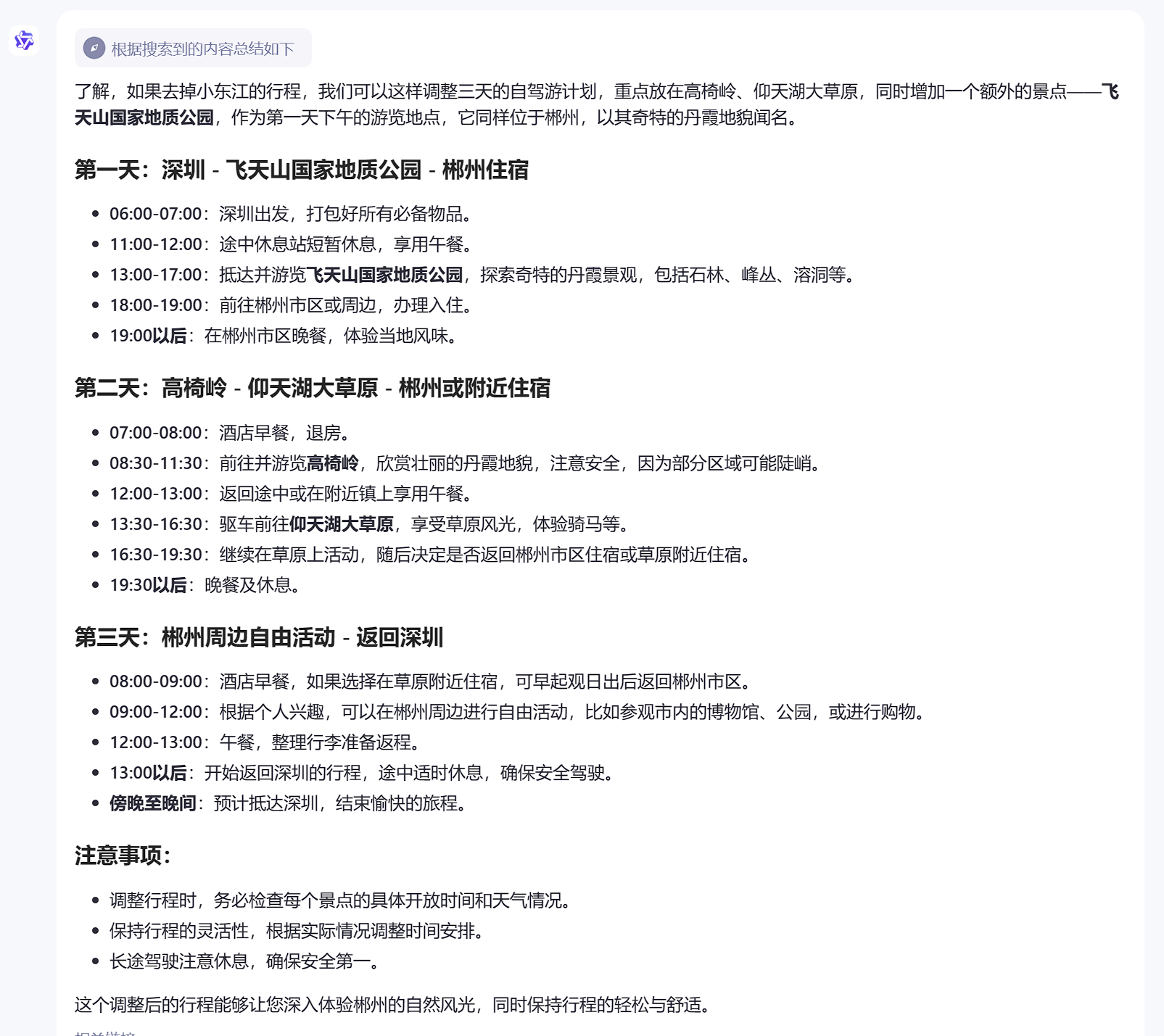
辅助写个代码注释:
之前
1 | /// enumerations of gyro measuring range |
之后
1 | /// Enumerations defining the measurement ranges for gyroscope |
真的很有用!
随便写写